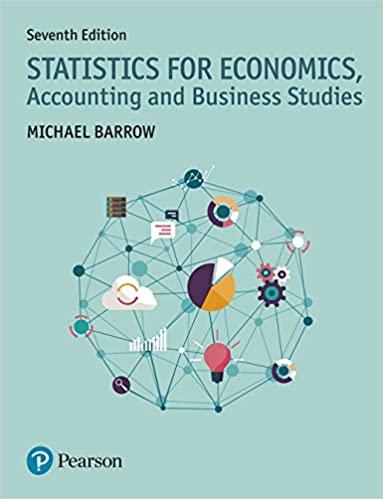Question
Identify how each of the following separate transactions 1 through 10 affects financial statements. For increases, place a + and the dollar amount in the
Identify how each of the following separate transactions 1 through 10 affects financial statements. For increases, place a + and the dollar amount in the column or columns. For decreases, place a and the dollar amount in the column or columns. Some cells may contain both an increase (+) and a decrease () along with dollar amounts. The first transaction is completed as an example. Required: a. For the balance sheet, identify how each transaction affects total assets, total liabilities, and total equity. For the income statement, identify how each transaction affects net income. b. For the statement of cash flows, identify how each transaction affects cash flows from operating activities, cash flows from investing activities, and cash flows from financing activities.Identify how each of the following separate transactions 1 through 10 affects financial statements. For increases, place a + and the dollar amount in the column or columns. For decreases, place a and the dollar amount in the column or columns. Some cells may contain both an increase (+) and a decrease () along with dollar amounts. The first transaction is completed as an example. Required: a. For the balance sheet, identify how each transaction affects total assets, total liabilities, and total equity. For the income statement, identify how each transaction affects net income. b. For the statement of cash flows, identify how each transaction affects cash flows from operating activities, cash flows from investing activities, and cash flows from financing activities.
Step by Step Solution
There are 3 Steps involved in it
Step: 1

Get Instant Access to Expert-Tailored Solutions
See step-by-step solutions with expert insights and AI powered tools for academic success
Step: 2

Step: 3

Ace Your Homework with AI
Get the answers you need in no time with our AI-driven, step-by-step assistance
Get Started


